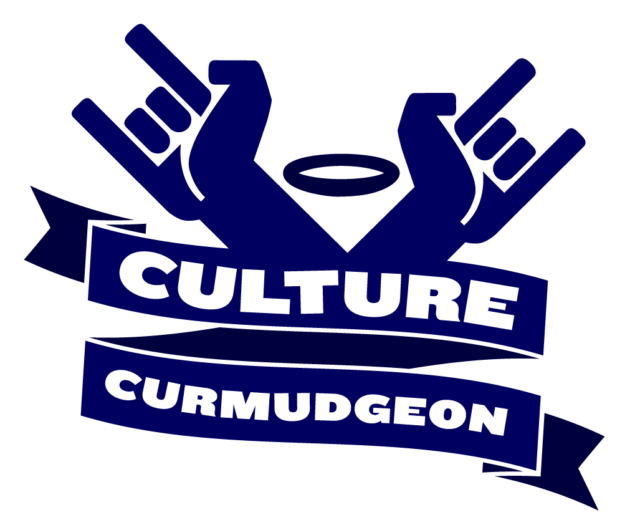I’ve always hated romantic comedies, one of Hollywood’s vilest creations. So I was quite relieved that some of the most prominent critics had declared the genre dead in the early 2000s. I don’t know how many times I’ve had to suffer movies like “Pretty Woman”, “Ghost”, “(500) Days of Summer”, “Garden State”, etc. all in hopes of scoring some brownie points with some of my dates. Needless to say, all those hours spent watching such excruciatingly cheesy scenes were all for naught.
But alas, the romantic comedy never really went away. According to movie and television critic Jen Chaney, the genre went through a transformation in the last decade or so. From the late ’80s through the early 2000s, most movies went from featuring an all white cast to a more diverse one.
Ahmad Coo is a producer and copy editor for the Global Business show on CGTN America. His analysis represents his views alone.
Today there are several examples of television shows and films produced by and starring minorities that’s redefining the rom-com. On television, there’s Aziz Ansari’s Netflix series “Master of None”, Mindy Kaling’s “The Mindy Project”, and “Jane the Virgin” which features Gina Rodriguez.
On film, Chris Rock’s “Top 5” is a recent one. But in the last decade, other than Tyler Perry’s films, one of the biggest romantic comedy featuring a person of color as a lead has to be “The Big Sick”. It’s made $36 million at the box office as of this writing- quite a feat for a movie that was in very limited release when it premiered.
I had no plans to see it at first since I usually try to steer clear of rom-coms. But the glowing reviews coupled with high praise from my friends convinced me. Still, it took me several weeks before I dragged myself to a theater, and even then I had my doubts.
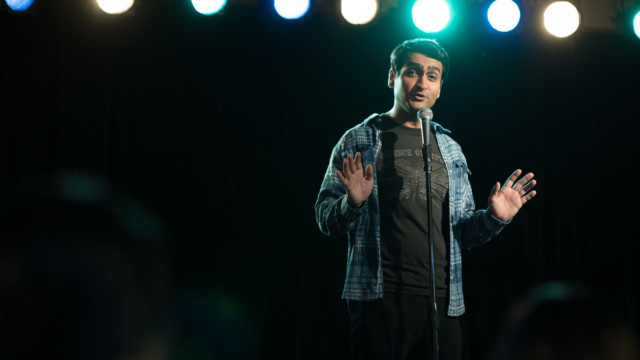
Kumail Nanjiani as “Kumail” in THE BIG SICK. Photo by Nicole Rivelli. Courtesy: Allstar/Lionsgate
Kudos to Kumail Nanjiani (who also stars in the HBO series “Silicon Valley”) and his heartfelt performance as the struggling standup comic and Pakistani immigrant who falls in love with a white woman. His struggle to come to reconcile his family and culture with his romantic choices was for the most part, funny and heartbreaking. “The Big Sick” is loosely based on Nanjiani’s life and how he and his real-life wife Emily Gordon fell in love.
The film tugs at the heartstrings, but almost cloyingly. I found myself cringing at some of the lines between the main characters Kumail and Emily (played by Zoe Kazan). That’s about par for course for the typical romantic comedy. Thankfully the cheesiness factor was offset considerably by the trademark Judd Apatow humor — which has gotten sharper and quicker from one of his first films “40 Year Old Virgin”. Apatow’s company produced “The Big Sick”.
Unfortunately the film’s treatment of the clash between two cultures painfully follows a very tired and lazy Hollywood formula that heavily relies on caricatures. Even more unfortunate that Nanjiani was one of the main writers of the screenplay.
The actors playing Kumail’s family probably tried their best not to reinforce certain stereotypes and play up their characters’ “otherness”, but alas, you can only do so much with characters that were written one-dimensionally.
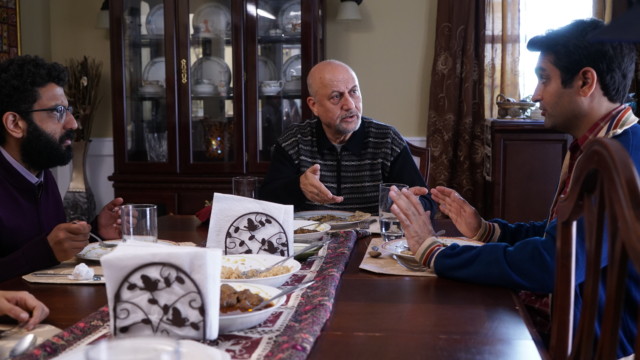
From L to R: Adeel Akhtar “Naveed,” Anupam Kher as “Azmat” and Kumail Nanjiani as “Kumail” in THE BIG SICK. Courtesy: Allstar/Lionsgate
Nanjiani’s character comes from a very traditional Pakistani Muslim family. Whenever he visits his parents he plays the dutiful and religious son. They don’t know he’s had tons of premarital sex, is an atheist, and drinks like a fish. Of course, his mom and dad speak with exaggerated accents and mannerisms that play up how foreign they are. Nevermind that in real life the actors actually speak without pretend accents.
His parents are trying to set him up with a series of Pakistani women — all of whom he reluctantly agrees to meet. If you’re not familiar with the culture, many traditional Pakistanis have marriages that begin with setups by the parents.
This is where the film starts to fall apart for me. He meets several of them and of course, none appeal to him. They’re all desperate, trying to get married and apparently see Kumail as a catch. Of course it’s impractical to introduce a very well-rounded Pakistani female character who isn’t played for laughs in a movie filled with such an interesting cast.
The film’s treatment of a whole segment of the Pakistani-American population was wholly unnecessary. Maybe it wouldn’t have been such distraction if they only spent a few minutes executing this bad joke. Instead, “The Big Sick” piles it on. The writers, directors, and producers devote a substantial part of the movie mocking a whole group of women, when they could have achieved the same effect in one short scene. And they do it over and over and over again. We get it. In Kumail’s eyes, South Asian women are ultimately undesirable and the film does its best to make all them seem silly and unworthy.
He goes on several dates — and all of the women seem to be uptight and dressed in saris and traditional Pakistani garb. If you’re going to go with the film’s take on this particular slice of reality, apparently a majority of South Asian women dress and act like this in the United States.
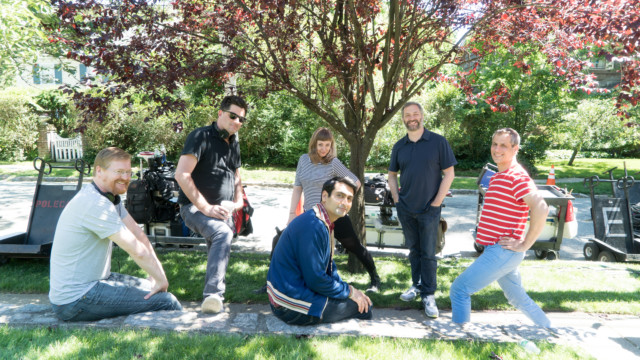
From L to R: Kurt Braunohler, Director Michael Showalter, Writer Emily V. Gordon, Kumail Nanjiani, Producer Judd Apatow and Producer Barry Mendel on the set of THE BIG SICK. Photo by Nicole Rivelli. Courtesy: Allstar/Lionsgate
Kumail’s treatment of his Pakistani blind dates, while gentlemanly, makes it seem like they’re some sort of alien species. Their “otherness” is the ultimate foil for Kumail’s girlfriend who, surprise, surprise, is actually an interesting, fully realized, and lovable character.
I can almost hear the collective groan from all the Pakistani and Indian women who were unfortunate enough to sit in the dark theaters across the world showing “The Big Sick”. It’s frustrating to see such a great opportunity squandered. The film could have reinvented the genre and opened the door wider for other minorities to become fully fledged leading men and women in a monochrome white Hollywood.
Eventually all the Pakistani and Indian women interested in Kumail fade into the background, freeing him from what the film portrays as a repressive, backward tradition. Because also according to the “Big Sick’, there’s only one type of genuine relationship that involves true love and that lasts forever: The romantic one peddled by Hollywood. Everything else is a poor copy of it, arranged marriage included.
Unlike the South Asian women in the movie, Emily and her parents are painted with a much fuller brush. The contrast between her family and Kumail’s is so stark it’s painful to watch.
His family plays to every caricature of the traditional Pakistani and Muslim family. They’ll never fit in because of their odd customs and strange mannerisms. Why even bother portraying them any other way if you don’t understand their way of life?
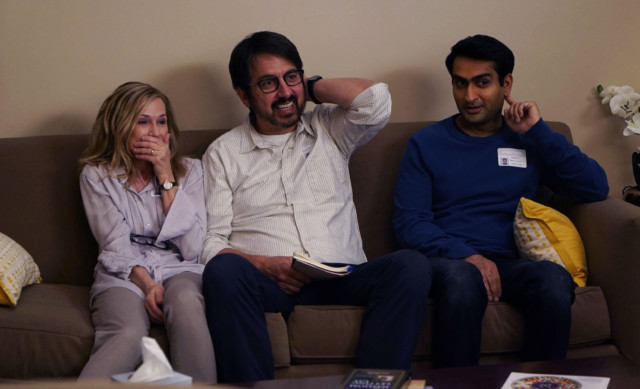
From L to R: Holly Hunter as “Beth,” Ray Romano as “Terry” and Kumail Nanjiani as “Kumail” in THE BIG SICK. Courtesy: Allstar/Lionsgate
Emily’s parents, played by Ray Romano and Holly Hunter, aren’t cardboard cutouts like their Pakistani counterparts. They’re fleshed out characters: Scarred by life, flawed, beautiful and very human. After a few touching scenes, even I wanted them to be my parents. Their relationship with their daughter and their slow acceptance of Kumail are some of the strongest parts of the movie. Kumail’s interactions with them are laugh-out funny.
By the last half hour of the film, even Kumail’s parents are willing to forgive him for falling in love with a white woman. Predictably, everything wraps up neatly before the credits roll. Broken hearts are made whole again, people kiss and makeup, and Kumail emerges a better man for doing right by Emily.
If only real life were that simple.
 CGTN America
CGTN America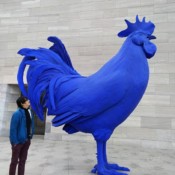
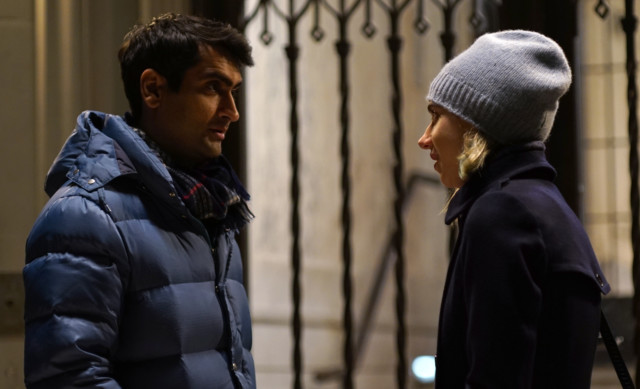 Kumail Nanjiani and Zoe Kazan (Emily) in The Big Sick Courtesy: Allstar/Lionsgate
Kumail Nanjiani and Zoe Kazan (Emily) in The Big Sick Courtesy: Allstar/Lionsgate
